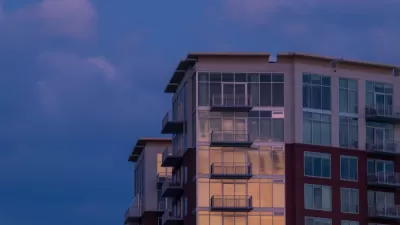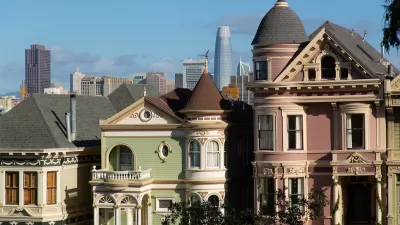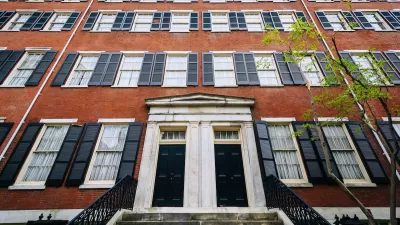In a precautionary essay about moving to another place, Chuck Wolfe explains tensions between simple and practical community life and newcomers’ arguably gentrification-laced expectations.

Wolfe writes that an evolving understanding of time and place must be based on the premise that every newcomer must respond humbly to land other than their own — even if it means abandoning expectations imported from elsewhere.
He illustrates his story through Johnny, a mover whose family has been in the area since Santa Fe’s founding in 1610, with repeated experiences with those who visit Santa Fe on vacation, fall in love with its surface beauty and promptly decide to relocate to the “City Different” with an imported NIMBY (not in my backyard) point-of-view:
His grandparents—in their mid-80s— live in a neighborhood his family has called home for generations. Increasingly, they find themselves surrounded by newcomers who express discomfort with their long-standing ways.
Something as simple as front yard parking—a practice that predates zoning laws and, to some, is simple and practical community life—has become a point of contention. Johnny explained that these new neighbors often arrive with rigid preconceptions of how a historic neighborhood “should look,” missing that his grandparents have maintained the practice for years.
In conclusion, he underscores what should be a first principle for today's planners: Genuine appreciation and administration of a place require a deeper understanding and respect for its complex and intermingled ecosystems (built, natural, and cultural) and a responsibility to approach them as thoughtful participants in a continuing story.
FULL STORY: About Roots: The Importance of Newbie Humility

Manufactured Crisis: Losing the Nation’s Largest Source of Unsubsidized Affordable Housing
Manufactured housing communities have long been an affordable housing option for millions of people living in the U.S., but that affordability is disappearing rapidly. How did we get here?

Americans May Be Stuck — But Why?
Americans are moving a lot less than they once did, and that is a problem. While Yoni Applebaum, in his highly-publicized article Stuck, gets the reasons badly wrong, it's still important to ask: why are we moving so much less than before?

Using Old Oil and Gas Wells for Green Energy Storage
Penn State researchers have found that repurposing abandoned oil and gas wells for geothermal-assisted compressed-air energy storage can boost efficiency, reduce environmental risks, and support clean energy and job transitions.

Updating LA’s Tree Rules Could Bring More Shade to Underserved Neighborhoods
A new USC study finds that relaxing Los Angeles’ outdated tree planting guidelines could significantly expand urban tree canopy and reduce shade disparities in lower-income neighborhoods, though infrastructure investments are also needed.

California's Canal Solar Projects Aim to Conserve Resources and Expand Clean Energy
California’s Project Nexus has begun generating electricity from solar panels installed over irrigation canals, with researchers and state agencies exploring statewide expansion to conserve water and boost clean energy production.

HHS Staff Cuts Gut Energy Assistance Program
The full staff of a federal program that distributes heating and cooling assistance for low-income families was laid off, jeopardizing the program’s operations.
Urban Design for Planners 1: Software Tools
This six-course series explores essential urban design concepts using open source software and equips planners with the tools they need to participate fully in the urban design process.
Planning for Universal Design
Learn the tools for implementing Universal Design in planning regulations.
Heyer Gruel & Associates PA
City of Moreno Valley
Institute for Housing and Urban Development Studies (IHS)
City of Grandview
Harvard GSD Executive Education
Salt Lake City
NYU Wagner Graduate School of Public Service
City of Cambridge, Maryland





























